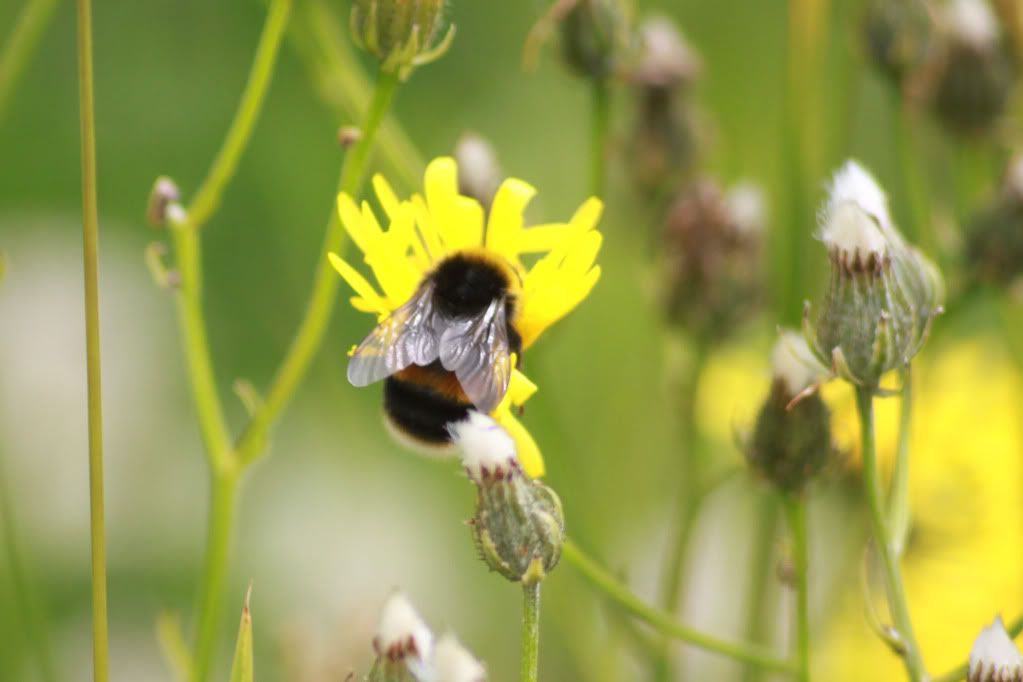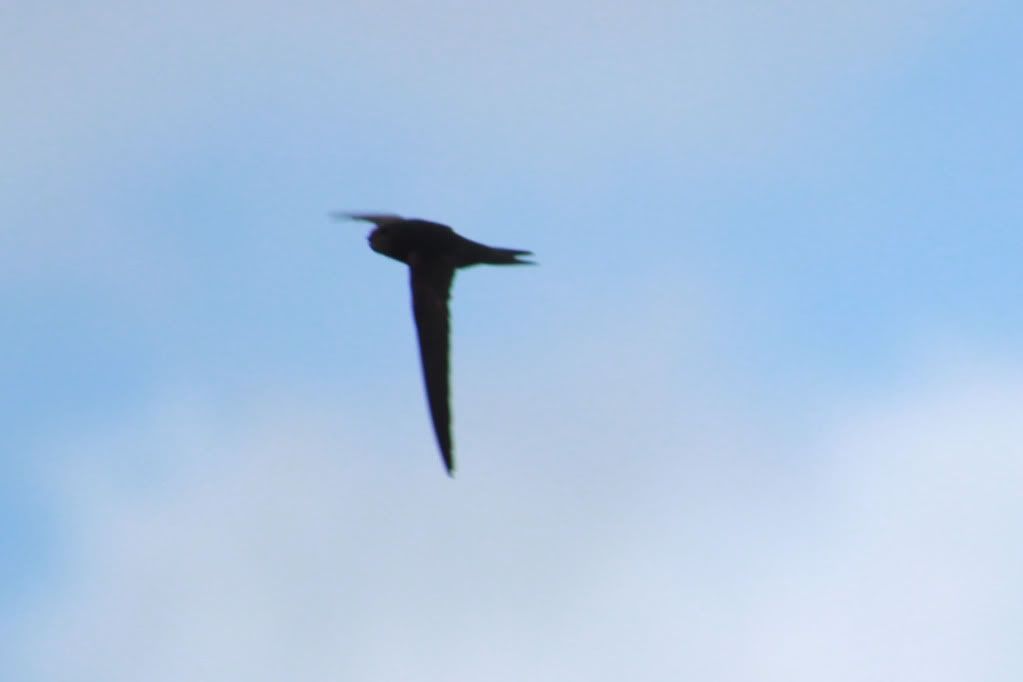Trying to identify bumblebees can be difficult as not only do several species have the same colour, but the same species can have different colours - so clarifications and corrections are most welcome.
This one is a female worker, probably a white tailed bumblebee (Bombus lucorum) -although garden bumblebees look very similar.
.
.
Although a nunesance in a lot of lawns, the flowering clover is particular attractive to bumblebees especially this female common carder bee (Bombus pascuorum):
.
.
With it's black body and red tail, this female worker is probably a red tailed bumblebee (Bombus lapidarius):
.
.
Although this bee has different colours, it is probably the same species as the red tailed above, but this is a male.
.
.
This bumblebee is probably a queen, as it is a lot larger than the males and workers. The red tail would suggest that it is also a red tailed bumblebee. But the dark wings could indicate that it is actually a cuckoo bumblebee (Bombus rupestris):
.

















